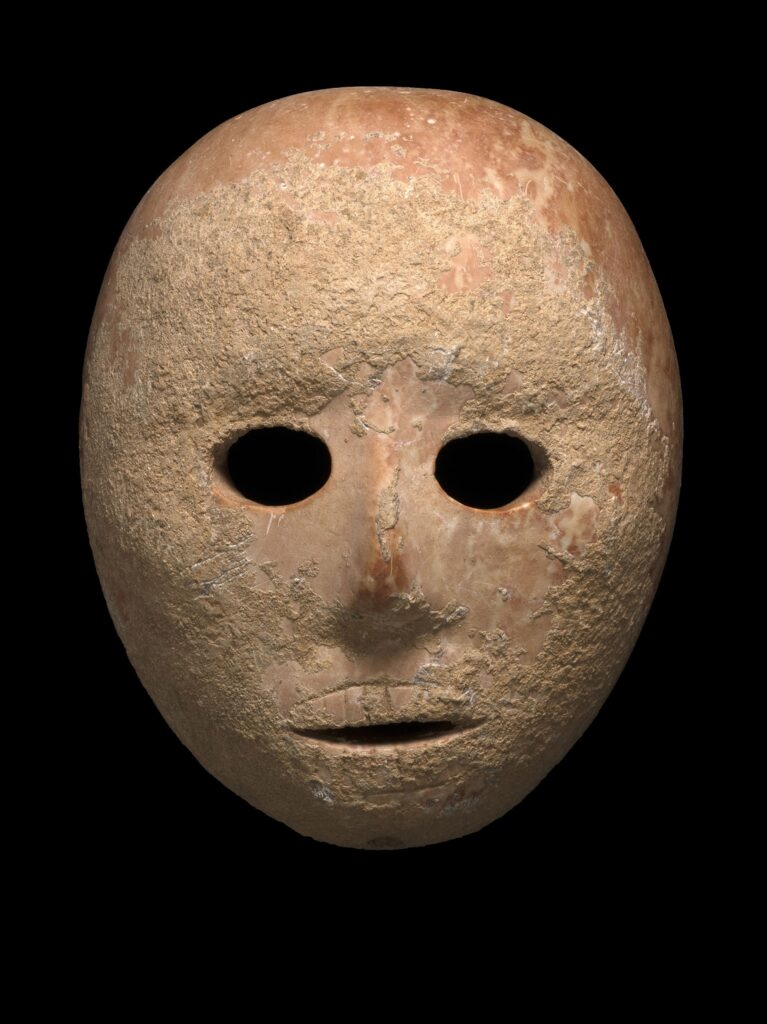Introduction
Kaymakli Underground City, located in Turkey’s Cappadocia region, is one of the largest and most fascinating ancient subterranean settlements in the world. Originally built by the Phrygians in the 8th–7th centuries BC, the city was later expanded by the Byzantine Empire as a defense mechanism during periods of conflict. This extensive underground complex showcases ancient architectural ingenuity and strategic foresight.

Historical Context and Expansion
Kaymakli was initially carved into the soft volcanic rock by the Phrygians, who took advantage of the region’s geology. However, the city truly expanded during the Byzantine era, particularly as a response to frequent Arab raids between the 7th and 12th centuries AD. The underground settlement offered protection against invaders, with tunnels and chambers designed to house large populations. Kaymakli was also connected to nearby Derinkuyu Underground City, forming part of a larger underground network in Cappadocia.

Key Features of Kaymakli Underground City
Strategic Design for Defense
Kaymakli’s design is optimized for defense. The narrow, steep tunnels made it difficult for invaders to navigate, providing strategic advantages during sieges. The ventilation system, which ensured airflow even in deep underground spaces, was crucial for maintaining the city’s self-sufficiency.

Eight Floors of Functional Spaces
Kaymakli spans eight floors, though only four are accessible to the public. Each floor was designated for specific functions:
- First Floor: Used for keeping animals, indicating the agricultural lifestyle of the inhabitants.
- Second Floor: A church with a nave and baptismal font, reflecting the religious practices of Byzantine Christians.
- Third Floor: Contained storage areas, kitchens, and wine or oil presses—vital for the community’s survival.
- Fourth Floor: Extensive storage for food and goods, showcasing economic stability and the capacity to support a large population.

Economic and Social Implications
The abundance of storage spaces, particularly for essential supplies like wine, oil, and grain, indicates that the people of Kaymakli were well-prepared for prolonged periods of isolation. This suggests a highly organized community capable of sustaining itself for long durations, even in times of siege or crisis.

Kaymakli’s Legacy
A Sanctuary Against Invaders
The underground city was primarily a defensive structure, offering protection during the Arab-Byzantine wars and later from Mongol invasions in the 14th century. Its underground layout, combined with its strategic location, ensured that the inhabitants were shielded from external threats.

Cultural and Religious Continuity
The presence of a church within the city underscores the cultural and religious importance placed on faith during times of turmoil. Despite the challenges of living underground, the residents maintained their religious practices, reinforcing the significance of belief systems in maintaining societal cohesion.

Conclusion
Kaymakli Underground City is a remarkable testament to ancient engineering and strategic thinking. Its ability to provide shelter and security for its inhabitants over centuries, coupled with its advanced architectural features, makes it a standout example of subterranean urban planning. Today, it continues to be a vital archaeological site, shedding light on the ingenuity and resilience of the civilizations that once called it home.
